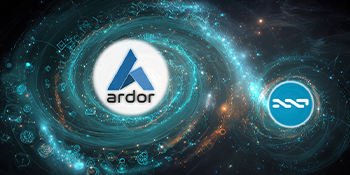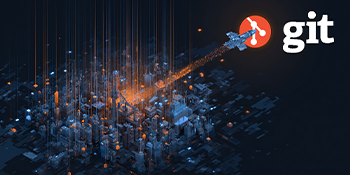Child Chains and Side Chains
15 四月 2017
Side Chains is a commonly heard term when speaking about modern blockchain platforms, but what are they exactly and how are the Ardor Child Chains unique? This table lists the key differences between the Child Chains and the Side Chains concepts.
| Side Chains | Ardor Child Chains | |
|---|---|---|
| Structure | Side chains are independent blockchains that have a kind of "pegging mechanism", where at least one of the chains (main chain and side chain) is "aware" of the other chain and both tokens are pegged at a set ratio. Side chains need their own network security and block processing. | "Child Chains" of the Ardor platform are tightly integrated into the main Ardor parent chain. All transactions are processed and secured by the parent chain forgers. This makes cross-chain transactions possible. Pruning will be enabled on child chain transactions in order to significantly reduce blockchain bloat by pruning the transactions on regular basis from the blockchain. |
| Function | Transactions executed between the locks and unlocks of the main chain tokens don't bloat the main chain. As the technology of a side chain is connected to its main chain, it can be used to build on the developments of the main chain and introduce new features to the market. | Child chains serve as the transactional chains of the parent-child architecture, as the parent chain retains minimal features. |
| Risk | Side chains are responsible for their own security and could be attacked if there is not enough mining power to secure it. | Child chains rely on the Ardor parent chain for their security, as long as the parent chain has enough forging power all child chains are secure. |
| Advantage |
|
|
| Use cases |
|
|
| Implemented by | The initial design was published by Blockstream in 2014, but the implementation is blocked by the lack of native support for SPV proofs in Bitcoin (which may not be added at all). Rootstock workaround this by sacrificing decentralization (still work in progress). | The Ardor platform created by Jelurida is the first to propose and implement the concept of Child Chains. Ardor mainnet platform was launched on Jan 1, 2018, and has been running successfully ever since. |


